Most people familiar with black metal will probably at some point in a conversation about it mention the word ‘atmosphere,’ or some derivative of it. Essentially, the use of abstract terms when describing black metal to highlight the emphasis of focusing less on instrumentation in favour of “darkness” is common. Naturally, the subjective nature of the art lends itself to a wide variety of interpretations, so I can only speak from personal experience, and of course, there are exceptions to this statement. I am certainly generalising for convenience sake, so I guess it depends on who you talk to. You’d undoubtedly get a wide range of responses and I’d wager they’d be pretty strong in some cases.
But this is not designed to be a piece exclusively about black metal, and so, enter Bergman. Or rather, enter black metal post-Bergman. While the near-libraries of books, films, documentaries and writings pertaining to Ingmar Bergman could satisfy most devotees of the iconic Swedish filmmaker, it’s apparent that elements of his darkest works have found a place in an art form that is indicative of his homeland – black metal.
While Sweden’s neighbor, Norway, is still intrinsically linked with the genre, and metal in Sweden can generally be seen as veering to the more death metal side of the coin, it’s still a country that wouldn’t raise too many eyebrows when black metal is being discussed. Maybe it’s the Bathory connection or the fact that Scandinavia is obviously a major contributor to the world of metal, as we all know.
Whatever the case, if we’re to discuss black metal and film, Bergman is a fine place as any to start. It’s a cliché at this point to use the word “grim” when describing black metal, but clichés are that for a reason. In the case of some albums, it’s certainly applicable. In terms of invoking similar unsettling feelings, darkness and mood, Bergman’s films have tread similar ground. Take the fog-like aura of Filosofem or the oppressively cold relentlessness of Transilvanian Hunger. Both typify Scandinavian (and quintessentially Norwegian) character, yet manage to transcend cultural ties and arguably, provide the essence of black metal. In many ways, Bergman manages to do this in films. Undeniably Swedish in their composition, (right down to including a one-eyed old man performing a sacrifice to Odin in The Virgin Spring), Bergman transcends ties to his homeland by providing insights into the human condition, with all its fragilities, doubts and fears. As such, the films become universal yet remain quintessentially Swedish.
Easily one of his most famous and well-known films, The Seventh Seal (1957), with it’s notorious scene of Max Von Sydow as the returning Crusades knight Antonius Block playing chess with Bengt Ekerot as Death Himself, the film manages to predate much of the horror, dread and yes, ‘atmosphere’ that black metal (particularly the second wave in Norway) seemed to strive for. Plague grips the country, death is everywhere (in both deed and human form), the old institution of the Church is questioned and rejected in favour of an existential perception of the world, and violent storm elements are never far from the surface of a seemingly calm natural world. It’s no wonder that this film has been sampled on more than one black metal album, the most well-known being Bergman’s fellow Swedes Funeral Mist (Salvation) and Marduk (Plague Angel), as well as Austria’s Abigor (Verwüstung – Invoke The Dark Age).
That the film is in black and white provides extra impact to its already bleak explorations. In terms of black metal albums, consider covers such as the black and white minimalism of early Darkthrone, the foreboding landscapes of Hate Forest, the first Burzum…It’s not hard to find parallels in The Seventh Seal.
Speaking of bleak explorations, it is 1968’s Hour of the Wolf where Bergman really goes for the throat. Not as well known as his more famous films like The Seventh Seal or Persona, Hour of the Wolf stands as an anomaly in Bergman’s filmography, and in my own view has similarities to Mayhem’s own assessment in Terrorizer magazine of their Ordo Ad Chao album upon its release: “an unwanted child.” That album in particular is a good indication of the areas Hour of the Wolf treads, along with Drawing Down the Moon by Beherit. The absurd, the disintegration of personality, an anti-human detachment from the world are all examined. By far the closest Bergman ever came to making a horror film, it’s correlation with elements of black metal are readily apparent.
Essentially an insight into a nightmare, the film delves into a morbid surrealism that becomes accusatory and mocking to the main character, again played by Bergman regular Max Von Sydow. The title refers to that time around 3am, generally considered the time when most people die or babies are born, the time when insomnia rages and the subconscious mind is going wild. If sleep is in effect, nightmares are unleashed. The film’s examination of the mind’s complexities, demons and various neurosis’ of the protagonist manage to tap into an area of darkness that bears stark resemblance to some of the most unsettling of black metal’s fringes. Leviathan comes to mind here. References to classics of German Expressionist cinema, the films of Wiene, Murnau, etc, are not far from the visualisation in Hour of the Wolf, with its long, dark shadow interplay and obsessions with symbolism.
If you’re familiar with black metal and with Bergman you’ve probably already picked up on the connections between the various works of both, particularly in reference to the films discussed here. If you’re unfamiliar with Bergman, certainly seek out his work. The 1950’s to early 1970’s is probably what film scholars would call his “classic” or most “influential” period due to the most famous of his films being made in this era, but there are gems to be found throughout his long career.




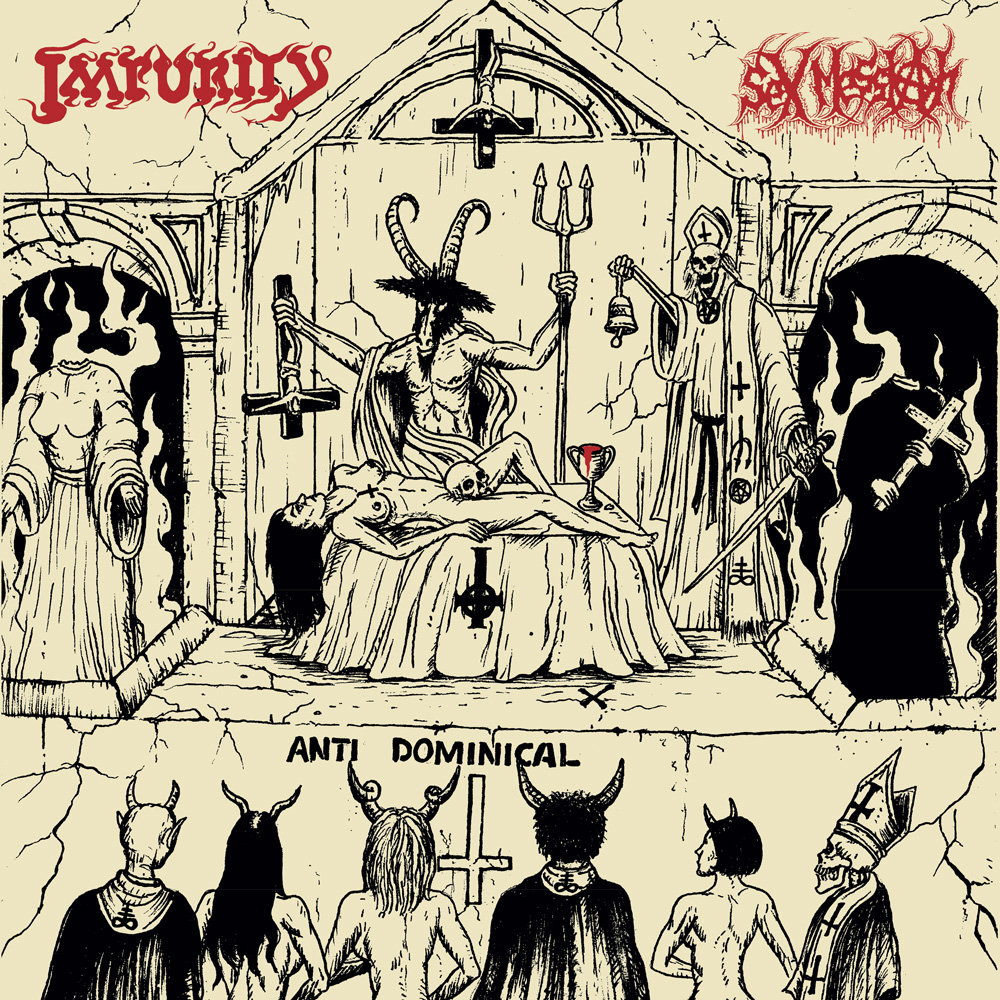

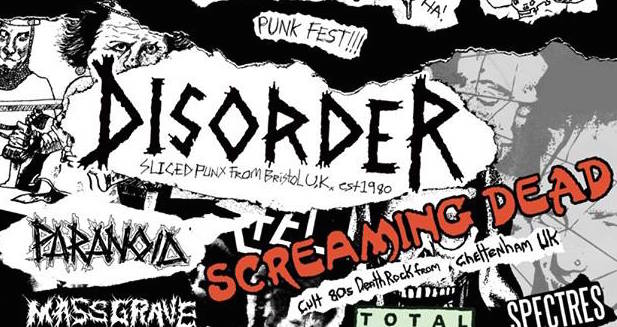

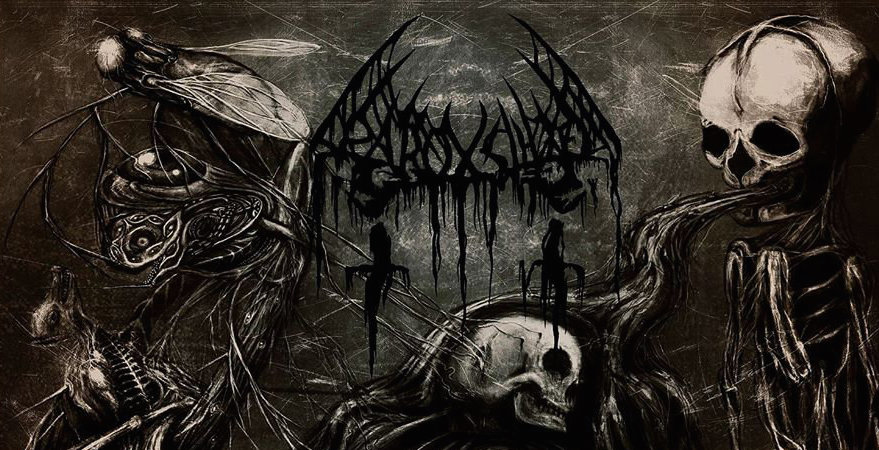
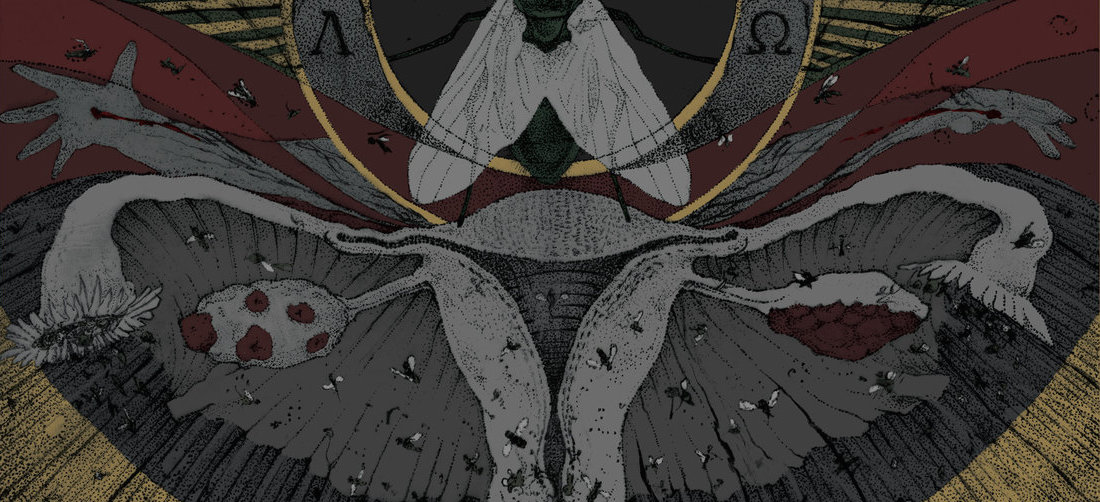
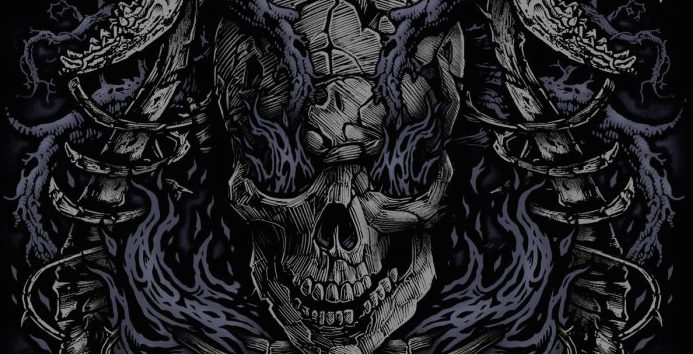
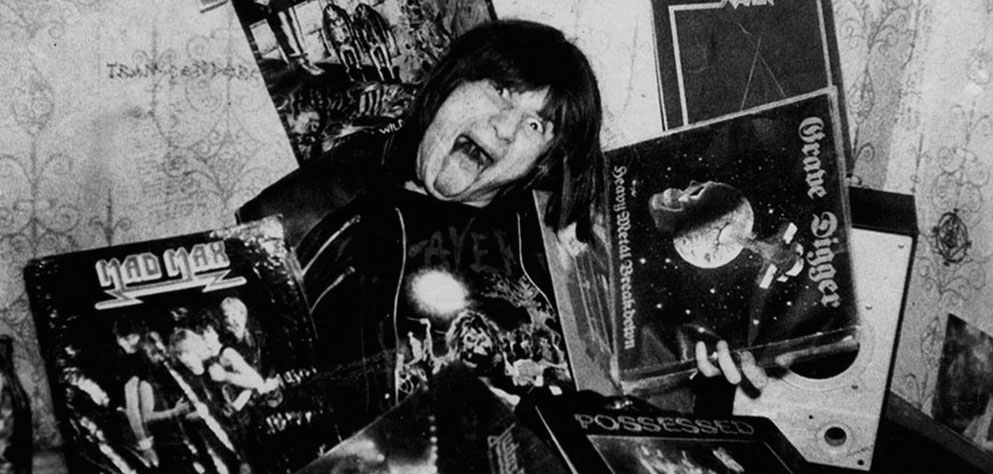
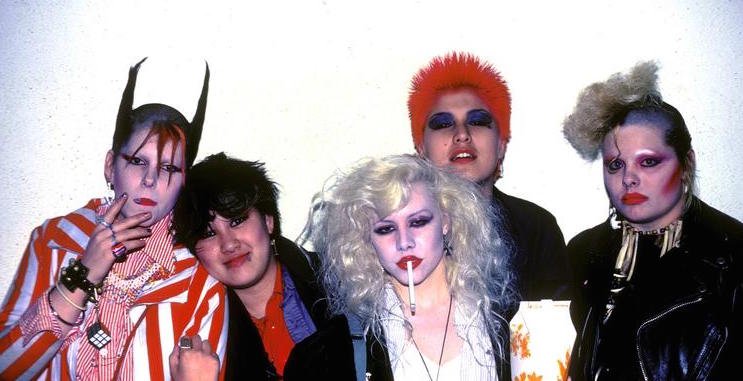
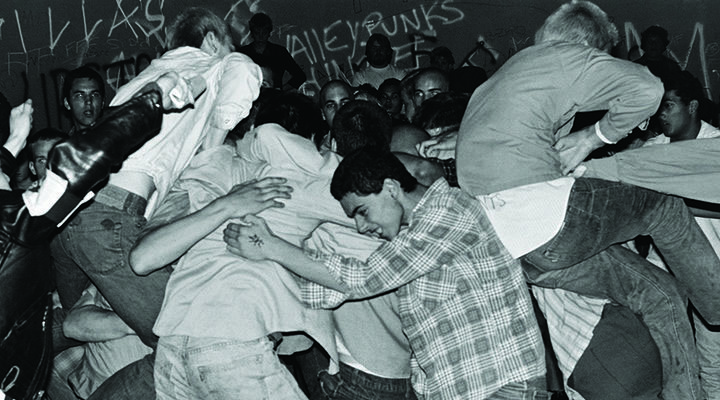


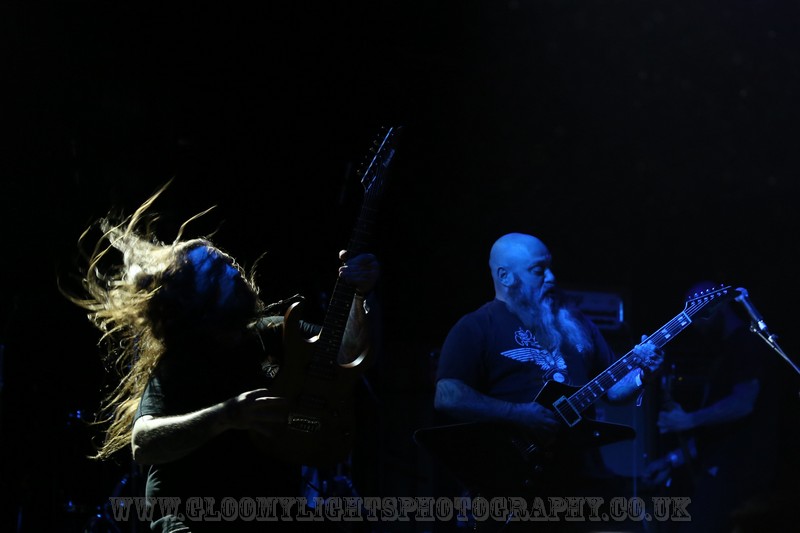



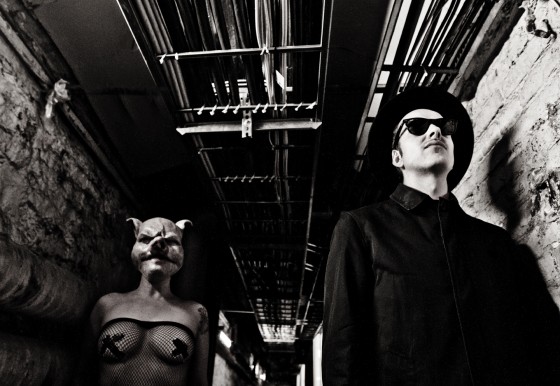
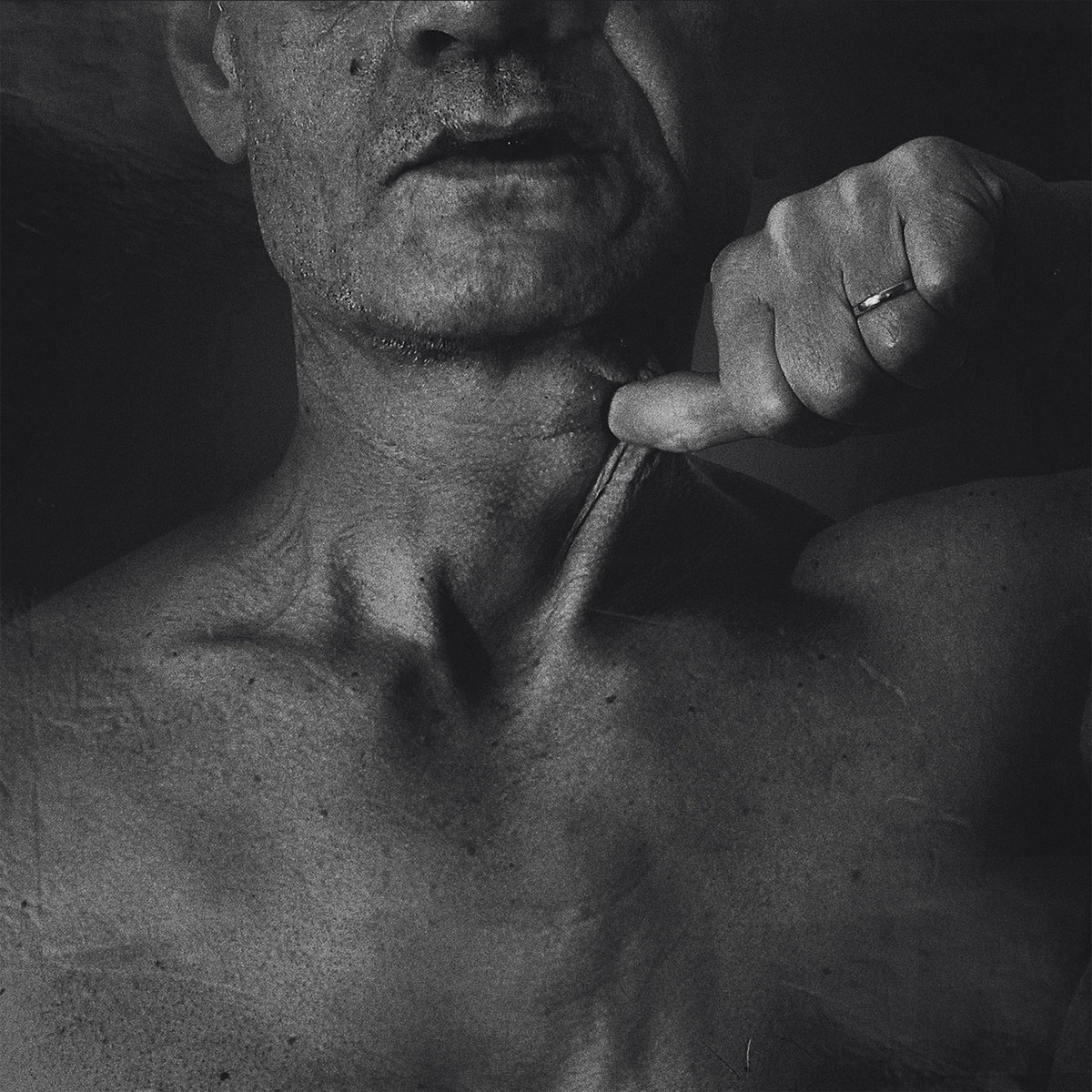

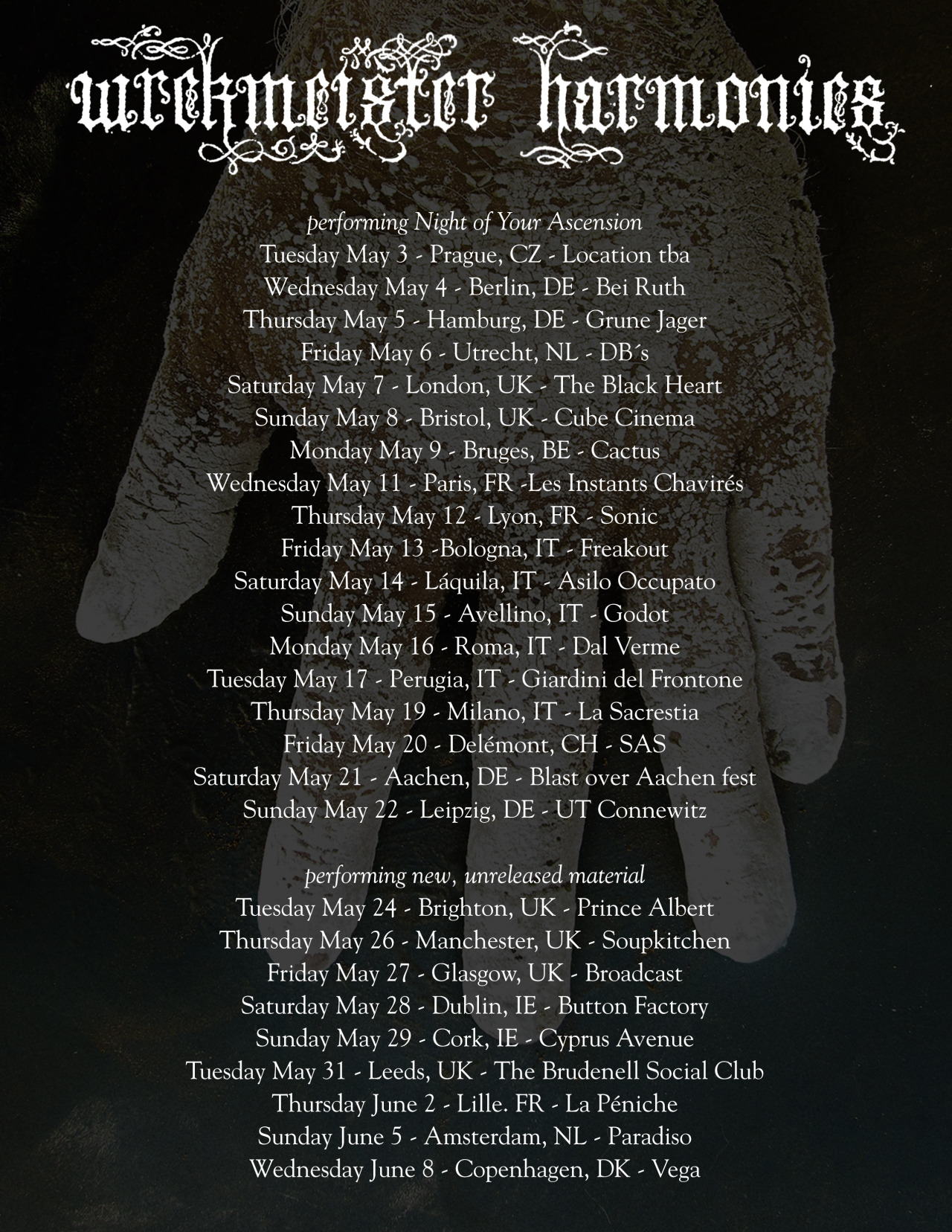
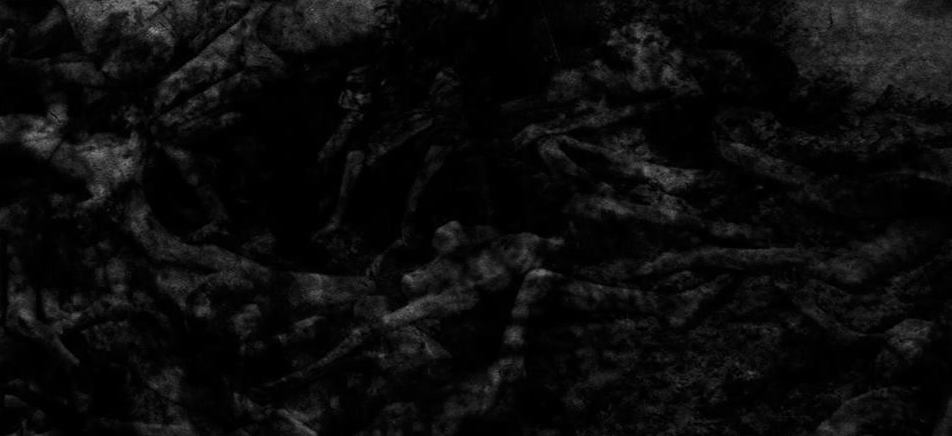



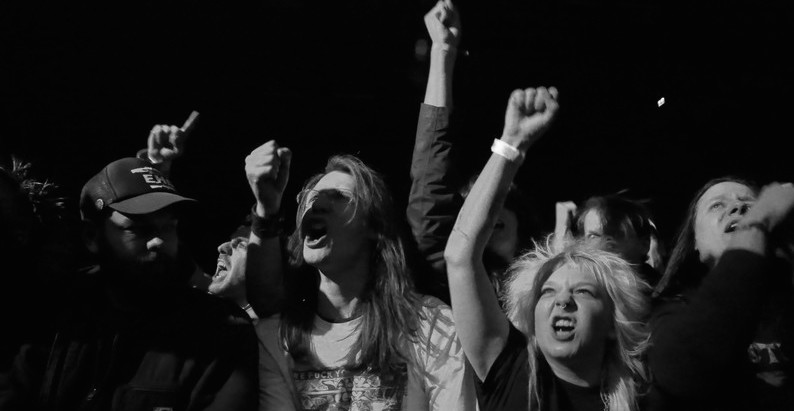
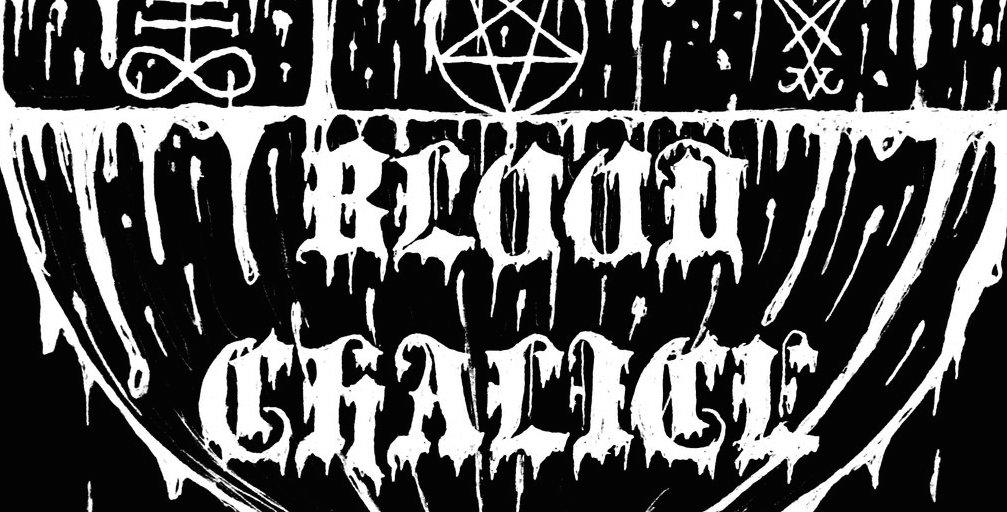
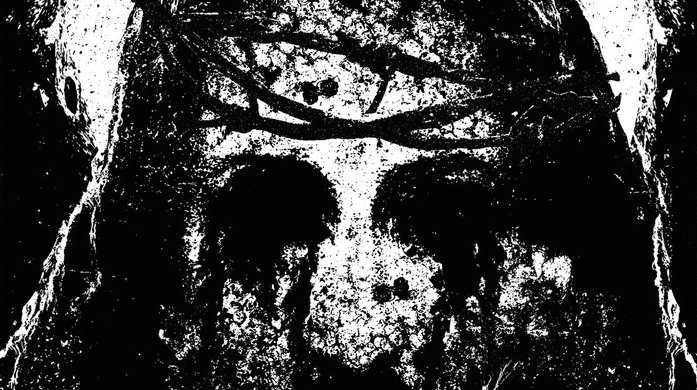
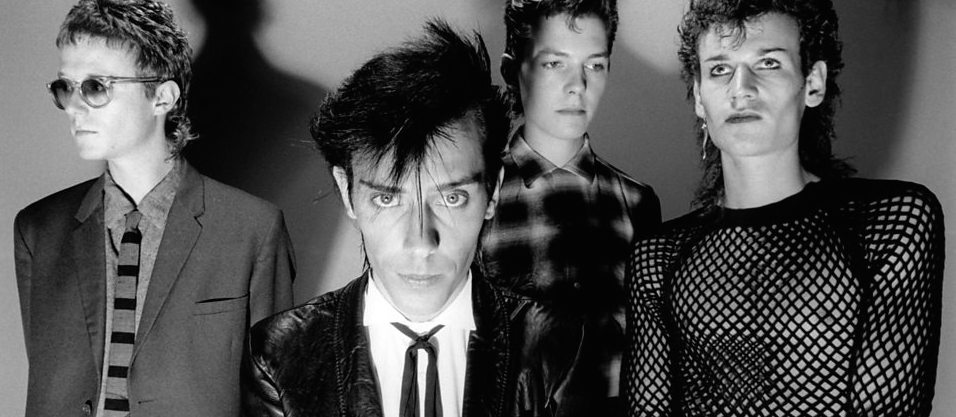



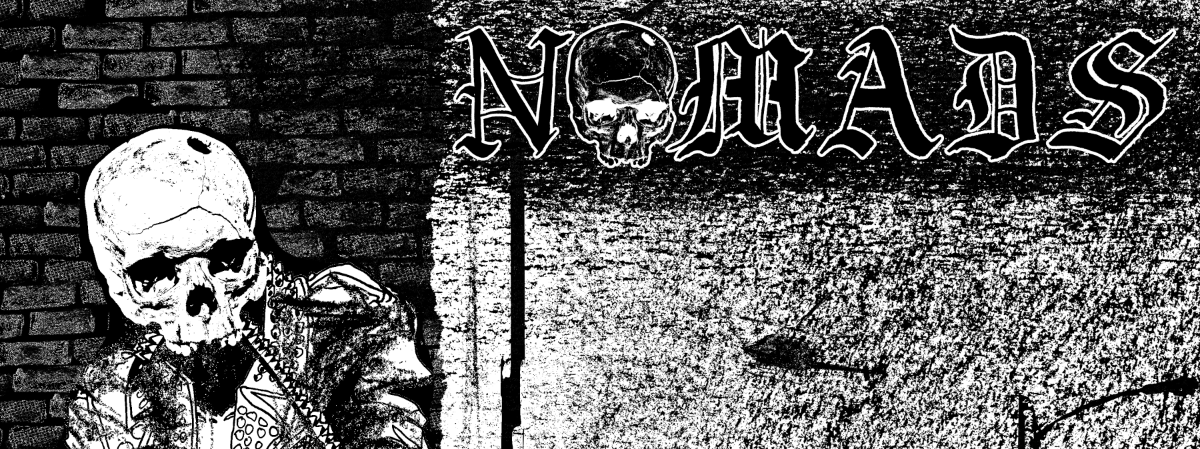
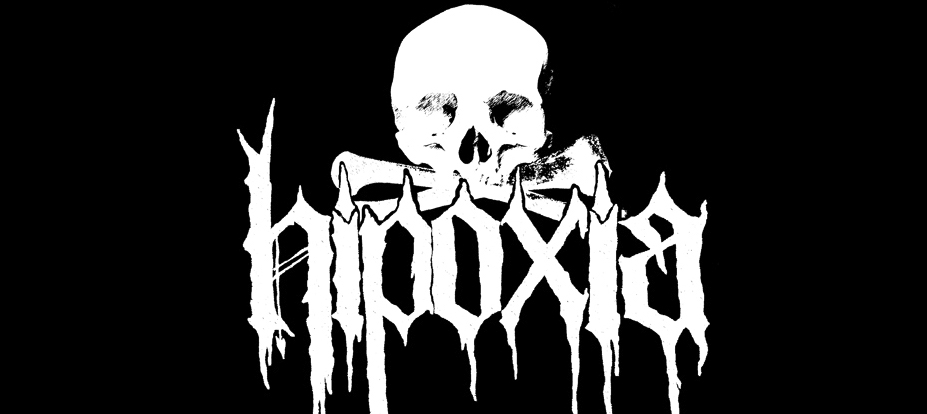



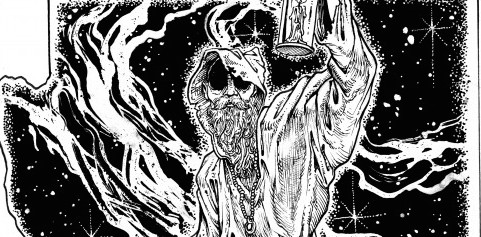
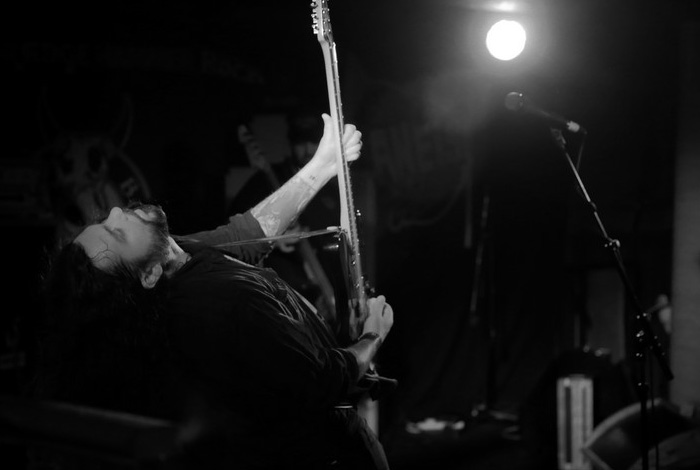
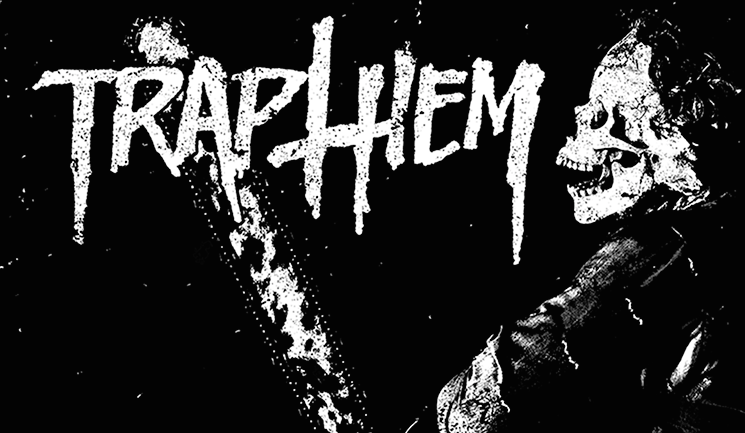


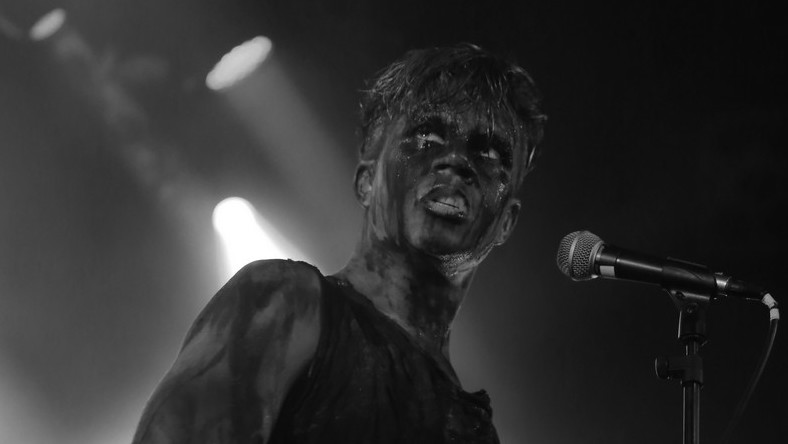
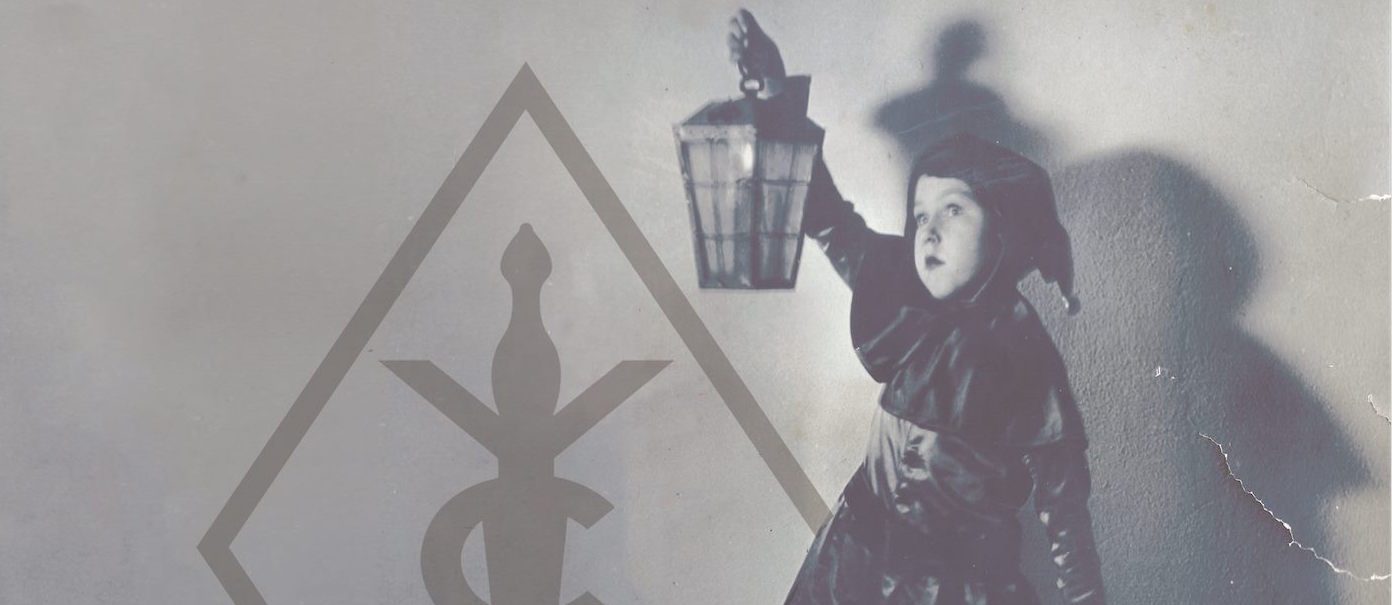



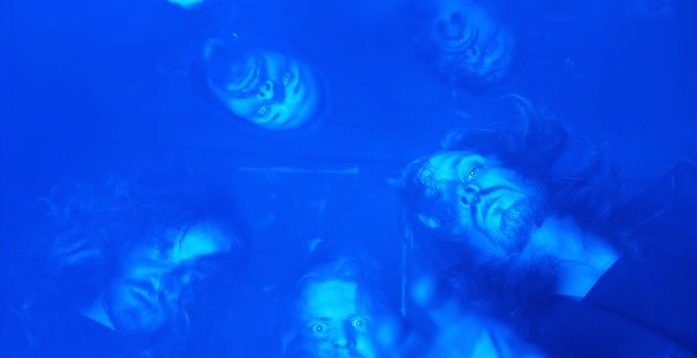
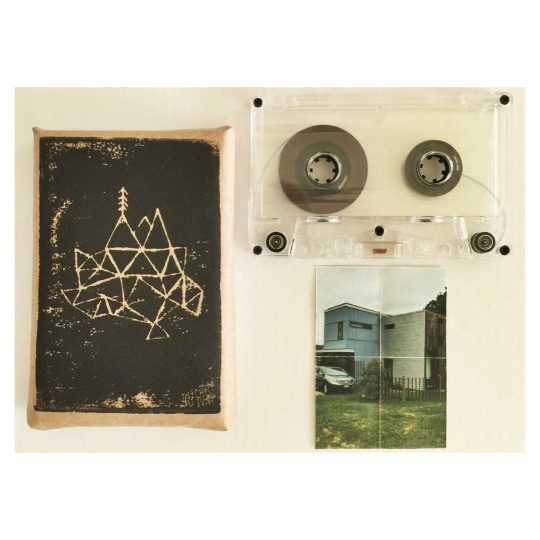
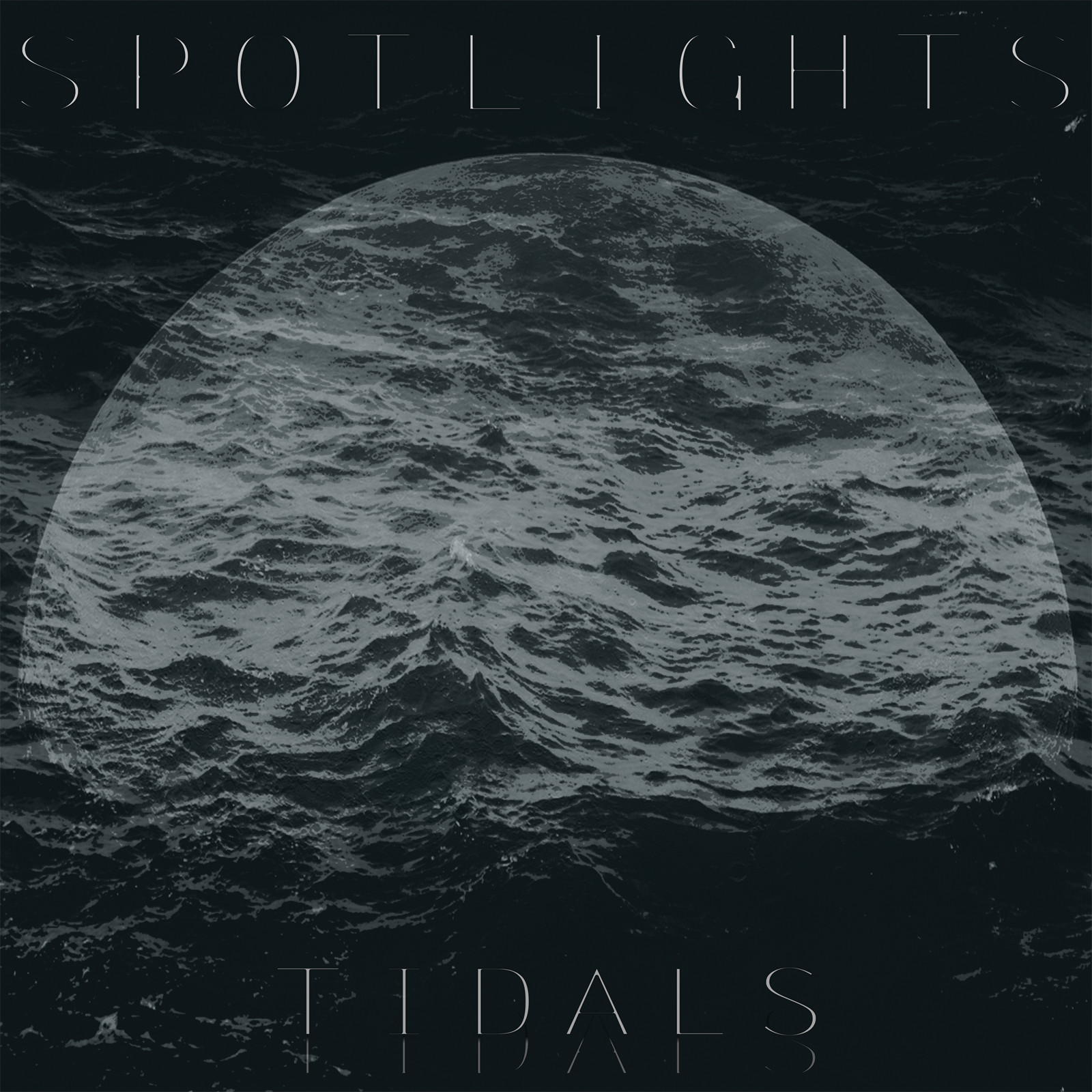
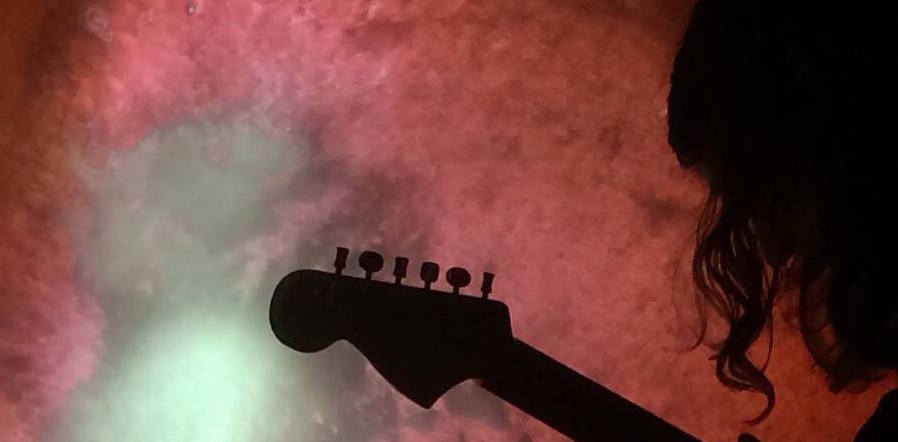

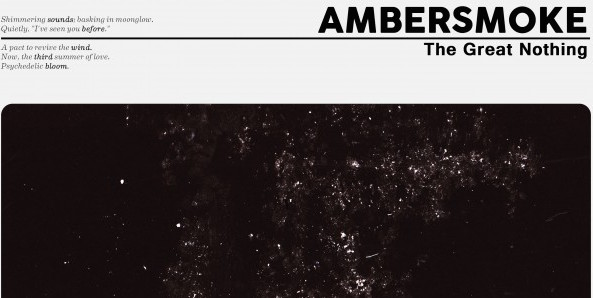
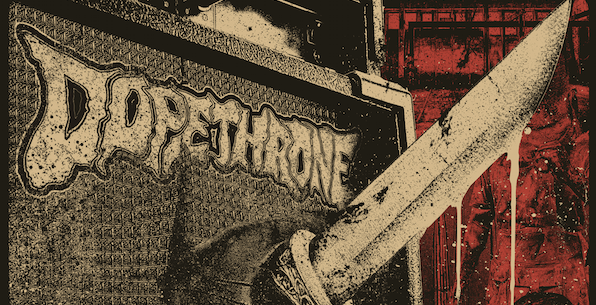


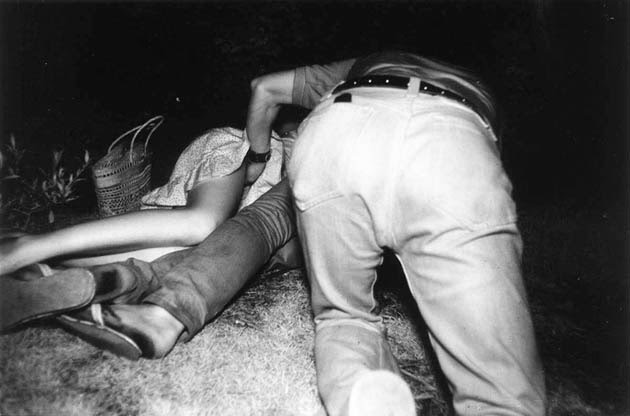
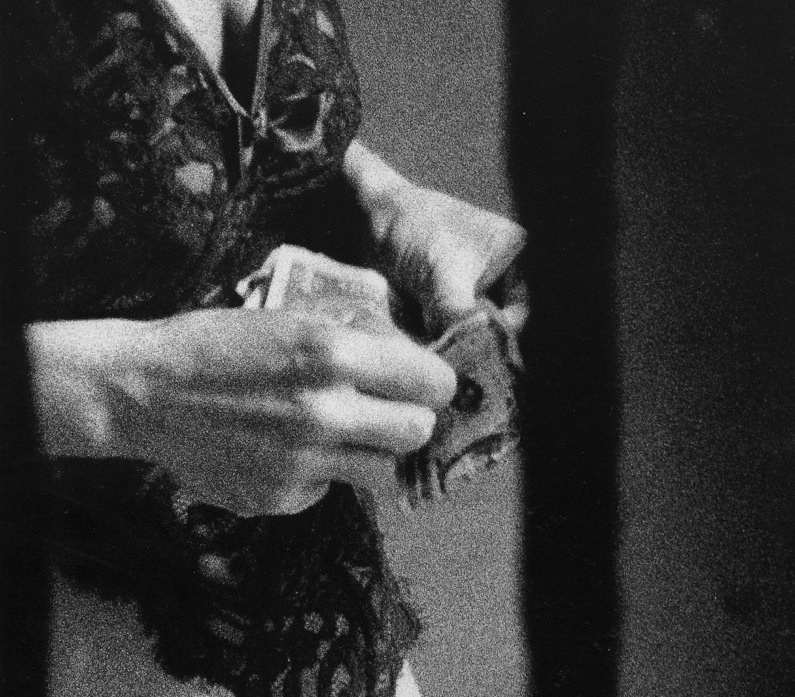



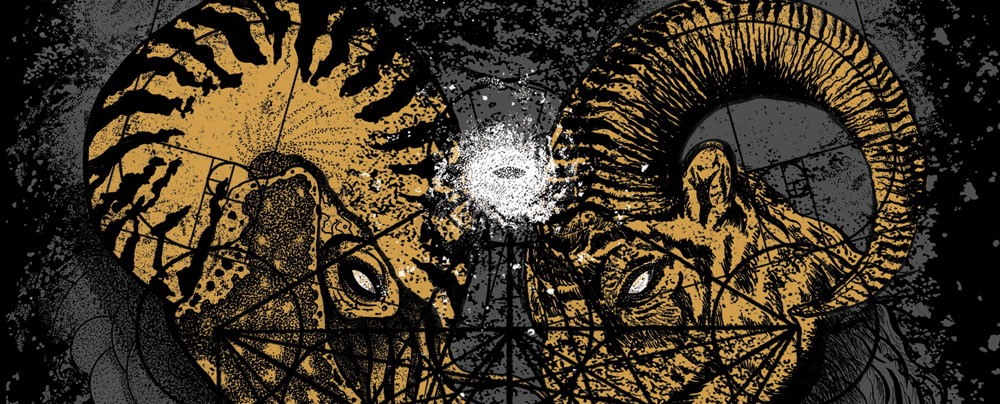

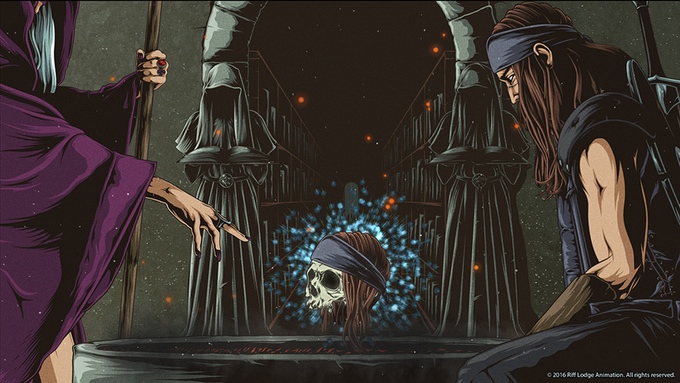
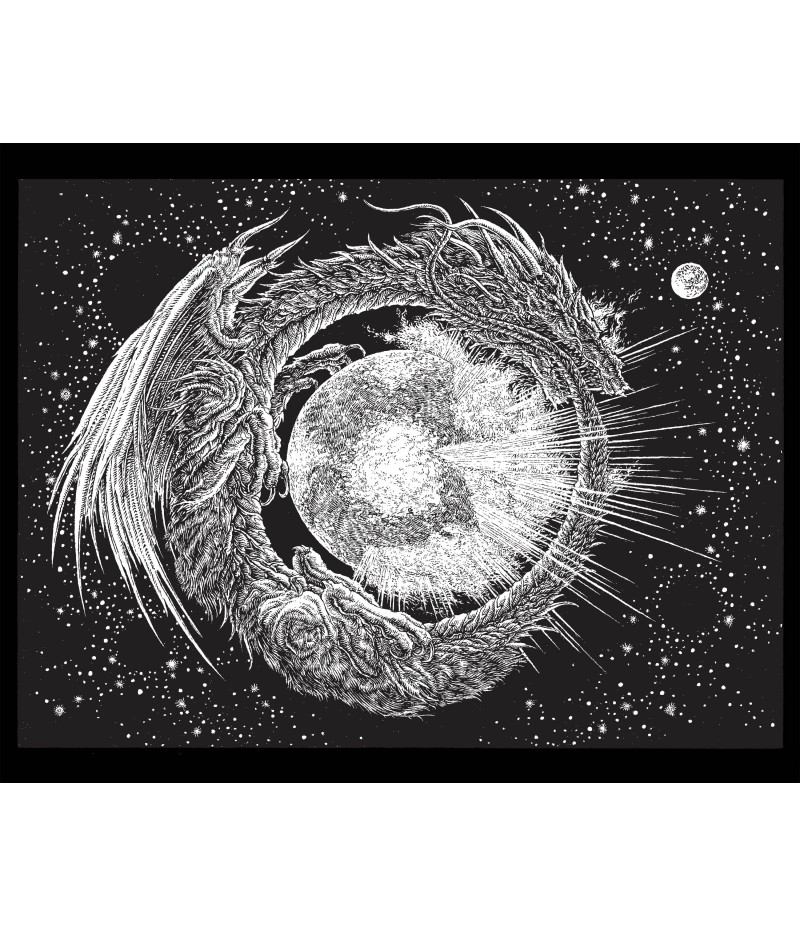

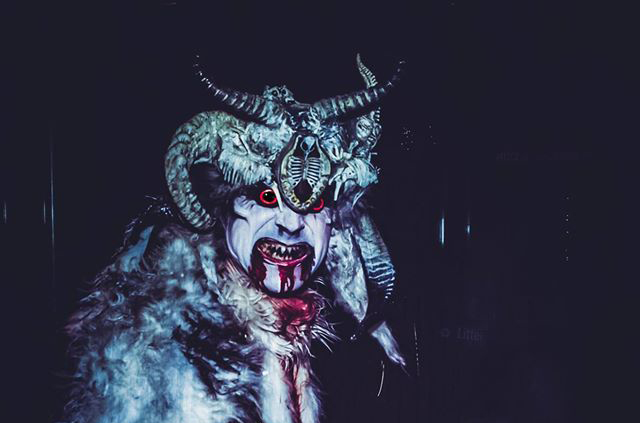

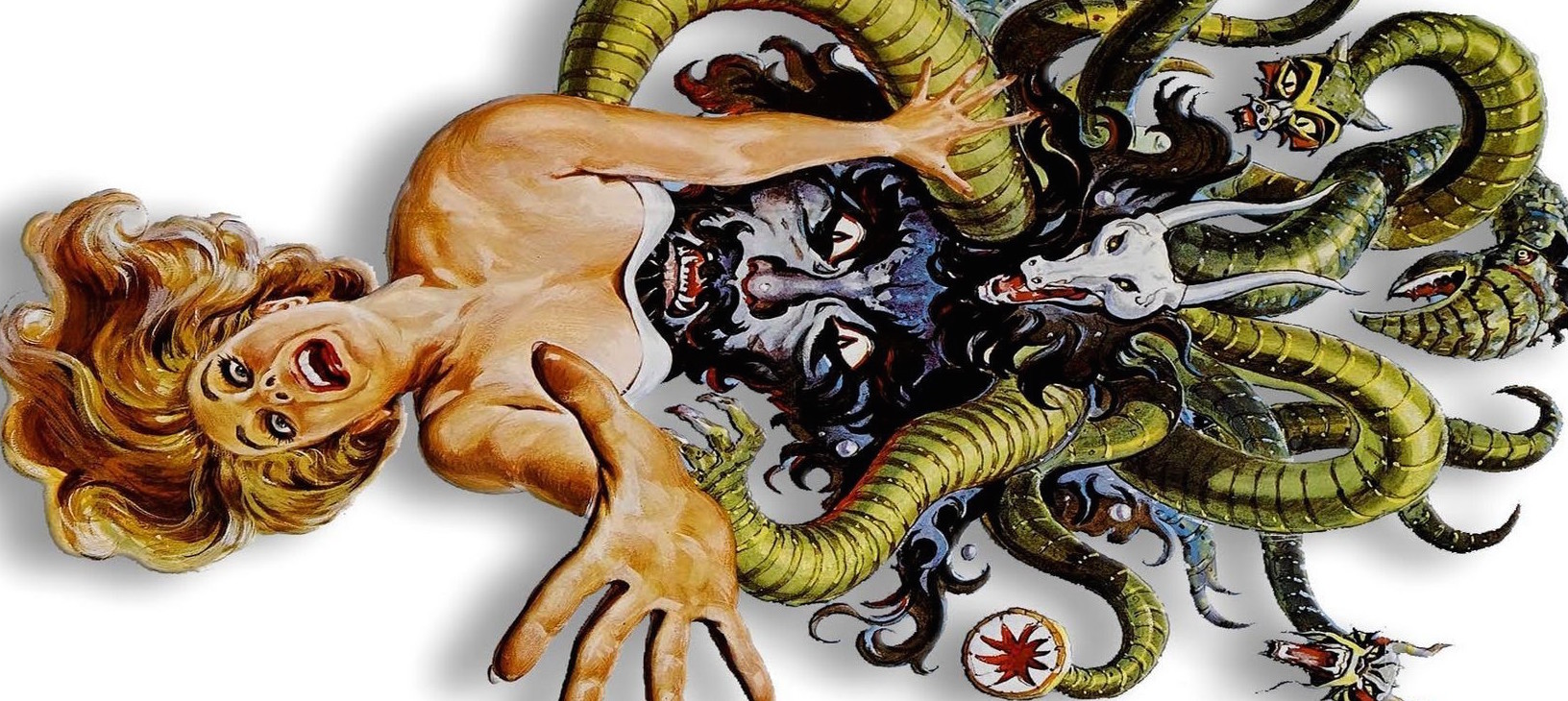

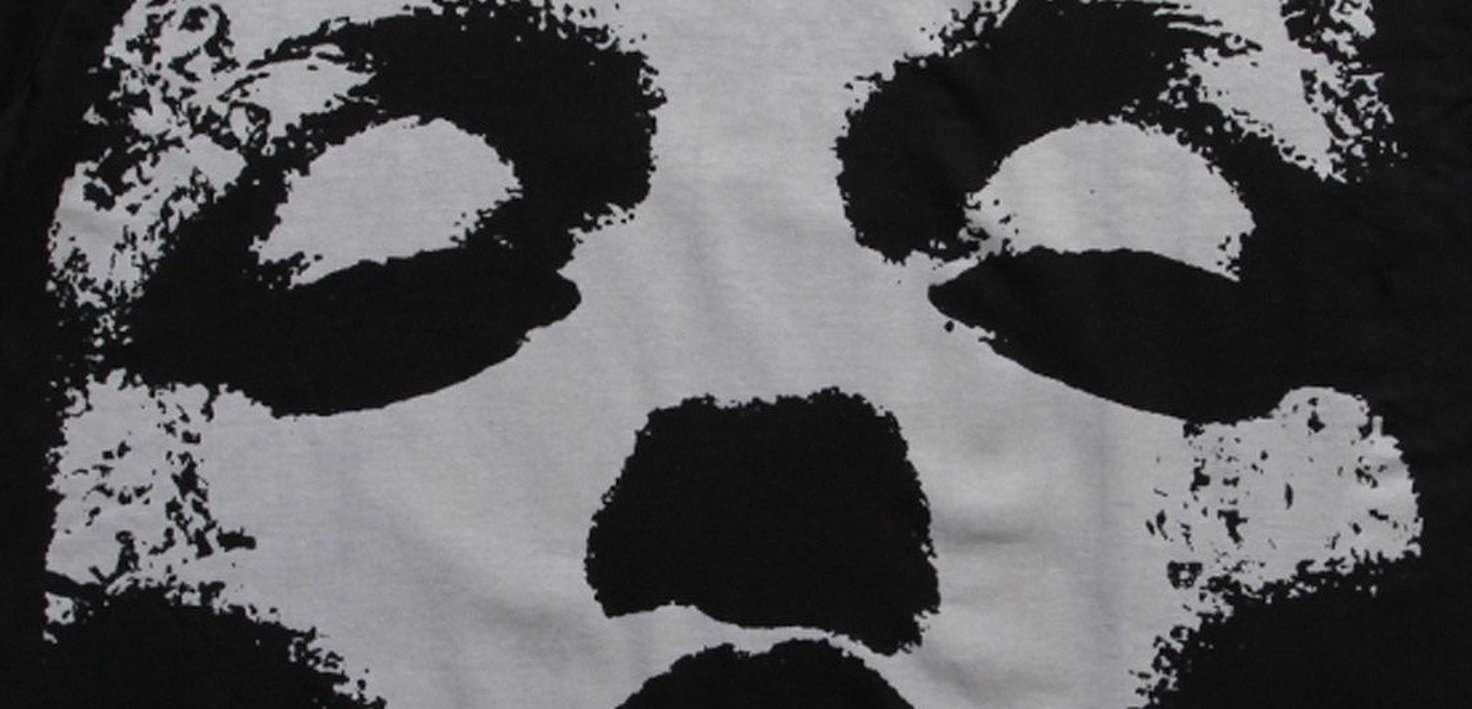
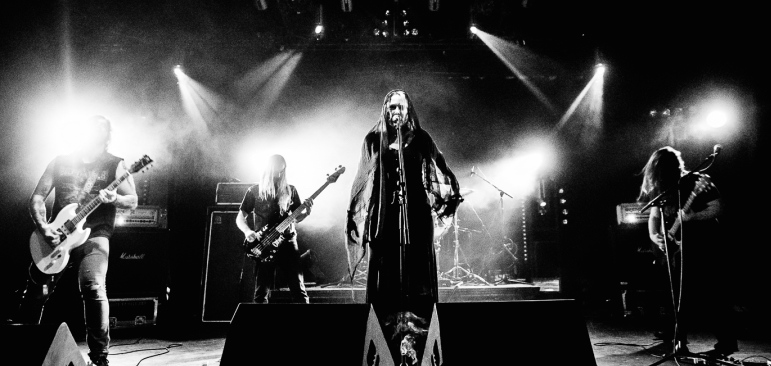
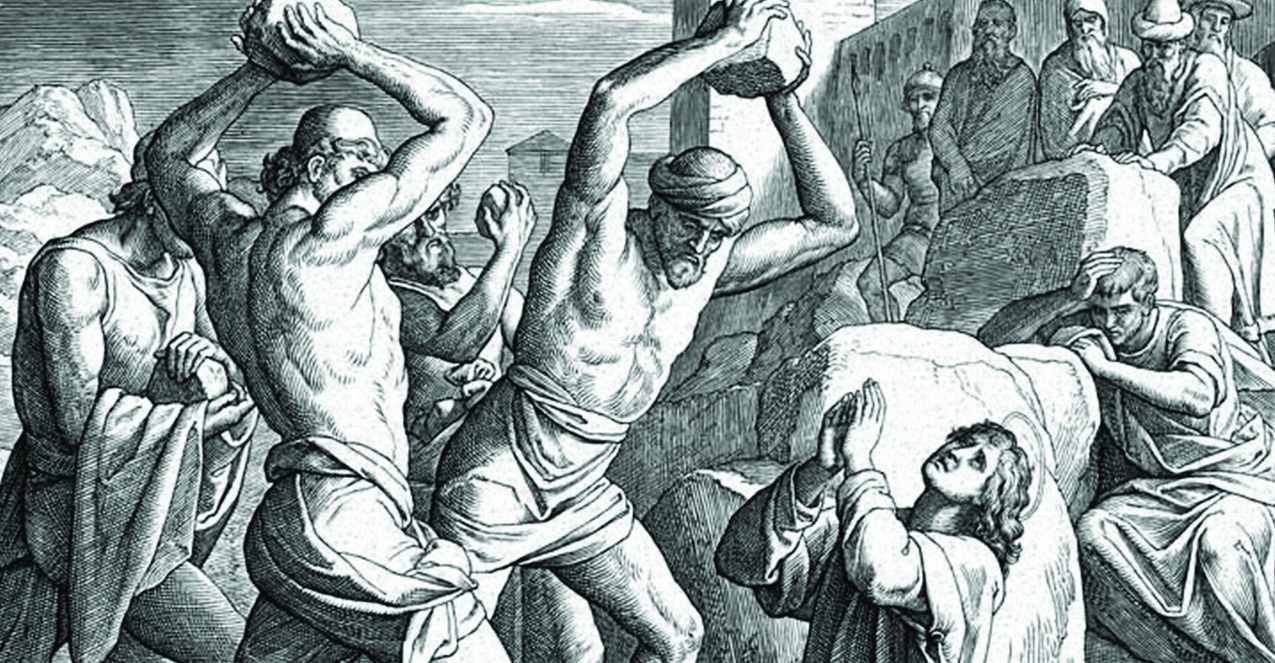
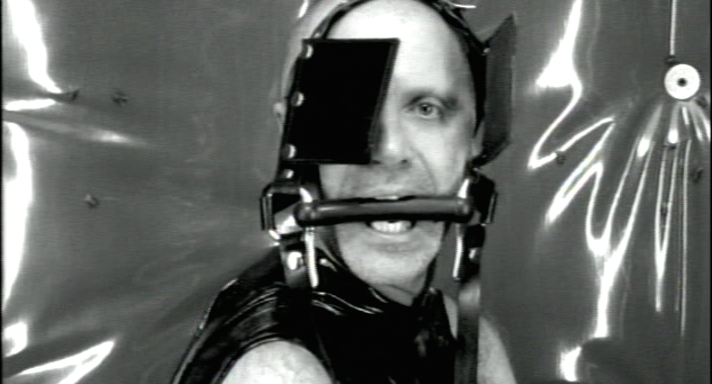

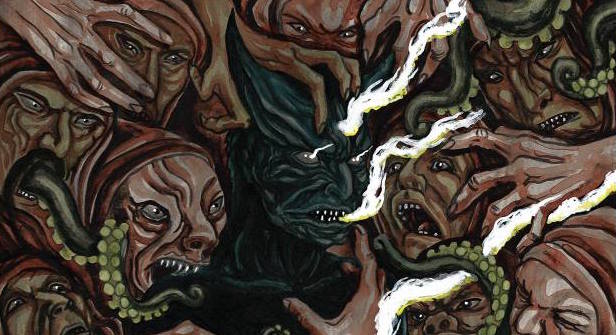


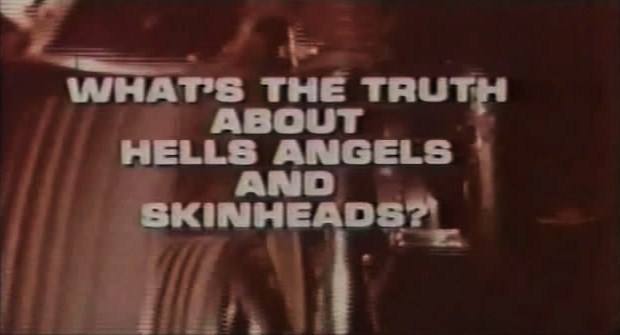











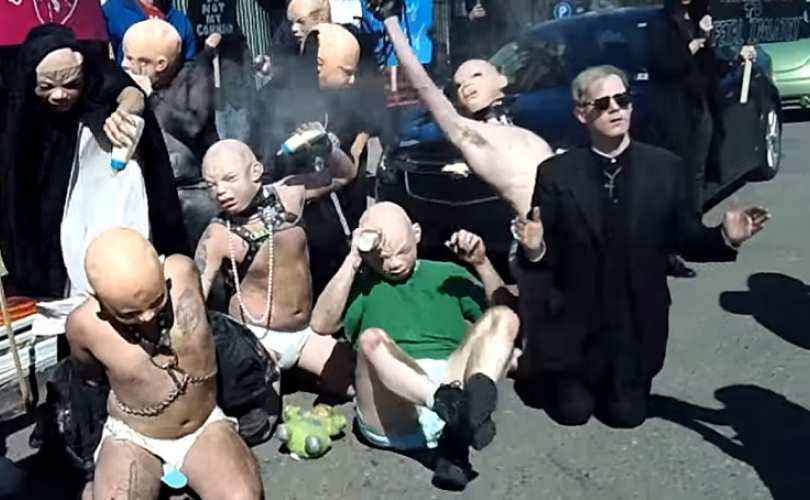








Clesiu Marian Catalin
April 30, 2016 at 12:55 am
Pff lol. This is the kind of articles you get if you do not first consult an accomplished cinephile such as me. Bergman’s films to cinema are more like what Have A Nice Life’s sophistic atheist philosophoporn is to music.
Marnie Lux Ignes
April 29, 2016 at 2:35 am
Top 3 of my fave directors, totally the father of black metal and gothica films <3
Darren Frey
April 28, 2016 at 1:15 pm
if Pinhead and Professor Snape had a baby…
Gary Cámara
April 28, 2016 at 8:17 am
YES
Allen Lee Scott
April 28, 2016 at 7:27 am
Max Von Sydow
Flunkus Omni Quando
April 28, 2016 at 6:10 am
https://youtu.be/GMVrMHQk95s this epitomizes what I love about this kind of bleak cinema as well as only god forgives
Ben Kearvell
April 28, 2016 at 5:16 am
CVLT Nation, check out ” Hard to be a God”, the last film by Aleksei German.
Yann Galera
April 28, 2016 at 5:15 am
https://www.youtube.com/watch?v=4pPupSomu8I – the sample at the start is taken from the Seventh Seal
Leandro Pedra
April 28, 2016 at 4:42 am
that sinister procession…
Flo Dhammacari
April 28, 2016 at 3:34 am
I truely love Bergman, but if there is such a thing as “black metal movie” it would definitely be “Begotten”…
Alessia Smeragliuolo
April 28, 2016 at 3:25 am
Matteo Boscolo !!!!!!!@@@
Matteo Boscolo
April 28, 2016 at 4:52 am
ma che bomba
Margarida
April 28, 2016 at 3:22 am
Brain Mine
Brain Mine
April 28, 2016 at 3:40 am
Ainda tenho que ver tanta coisa dele, mais um motivo me forneces para isso. Entretanto fica aqui o género, Trve Swedish Black Movies.
Margarida
April 28, 2016 at 3:42 am
de NADA
Brain Mine
April 28, 2016 at 3:43 am
Obrigado.
Margarida
April 28, 2016 at 3:49 am
Brain Mine adeus acesso ao meu caderno brutal de cinema
Brain Mine
April 28, 2016 at 3:50 am
^ (já está correcto)
Grant Urquhart
April 28, 2016 at 1:46 am
Pedri Koen
Justell Vonk
April 28, 2016 at 1:45 am
Great article.
Themistoklas Hmc
April 28, 2016 at 1:16 am
“…but there was definitely something special brewing in Greece, and carrying a very distinct “occult” vibe… with its peculiar Piraeus Port pronunciation and feeling which is hard to describe. I dare contend it has influenced the legacy of black metal a lot more than it’s gotten credit for”, Kristoffer Rygg http://metalinvader.net/a-tribute-to-satanas-tedeum-part-2-testimonials/
Kyle Kyonshi Ezell
April 28, 2016 at 1:05 am
Favourite artist ever, in any medium.